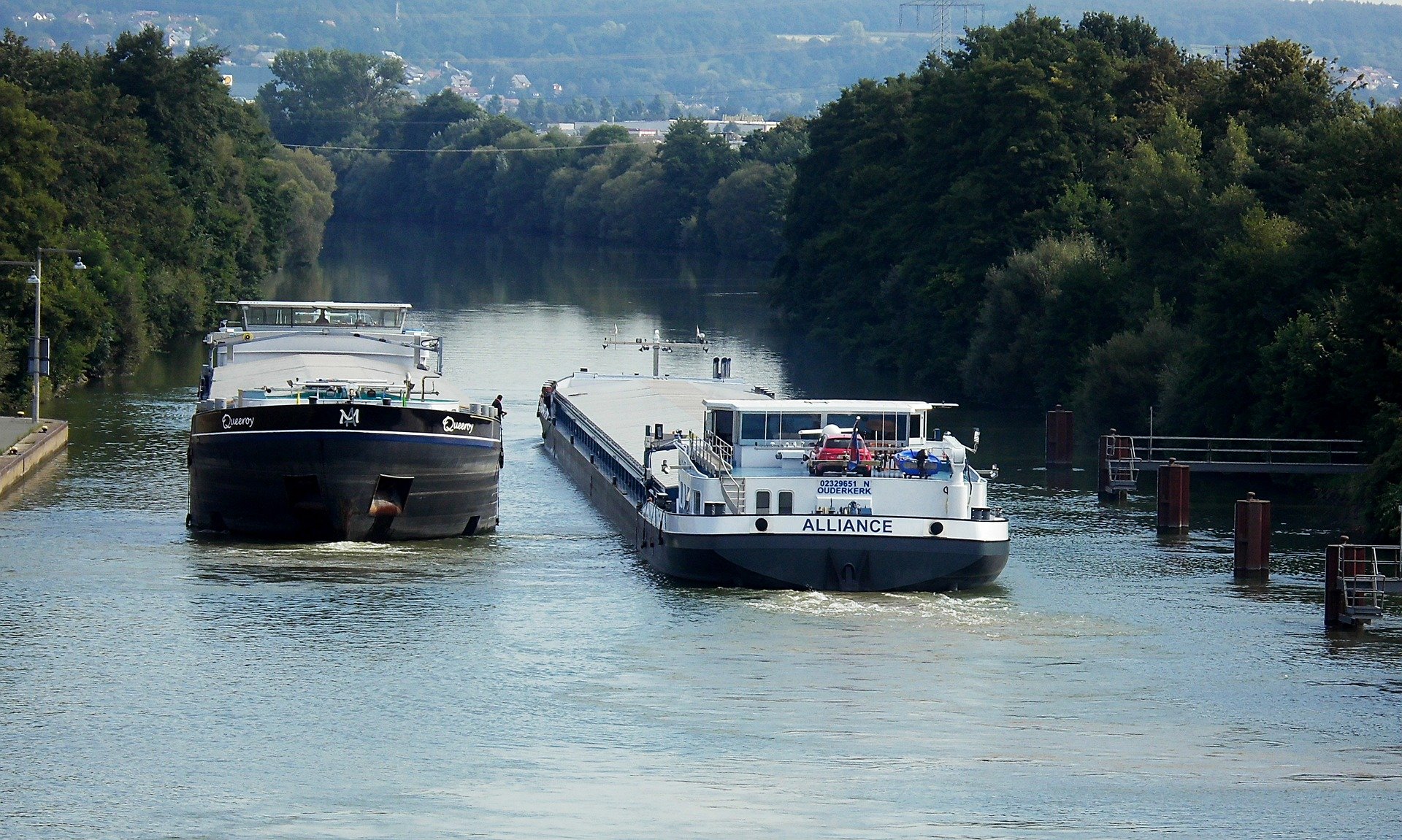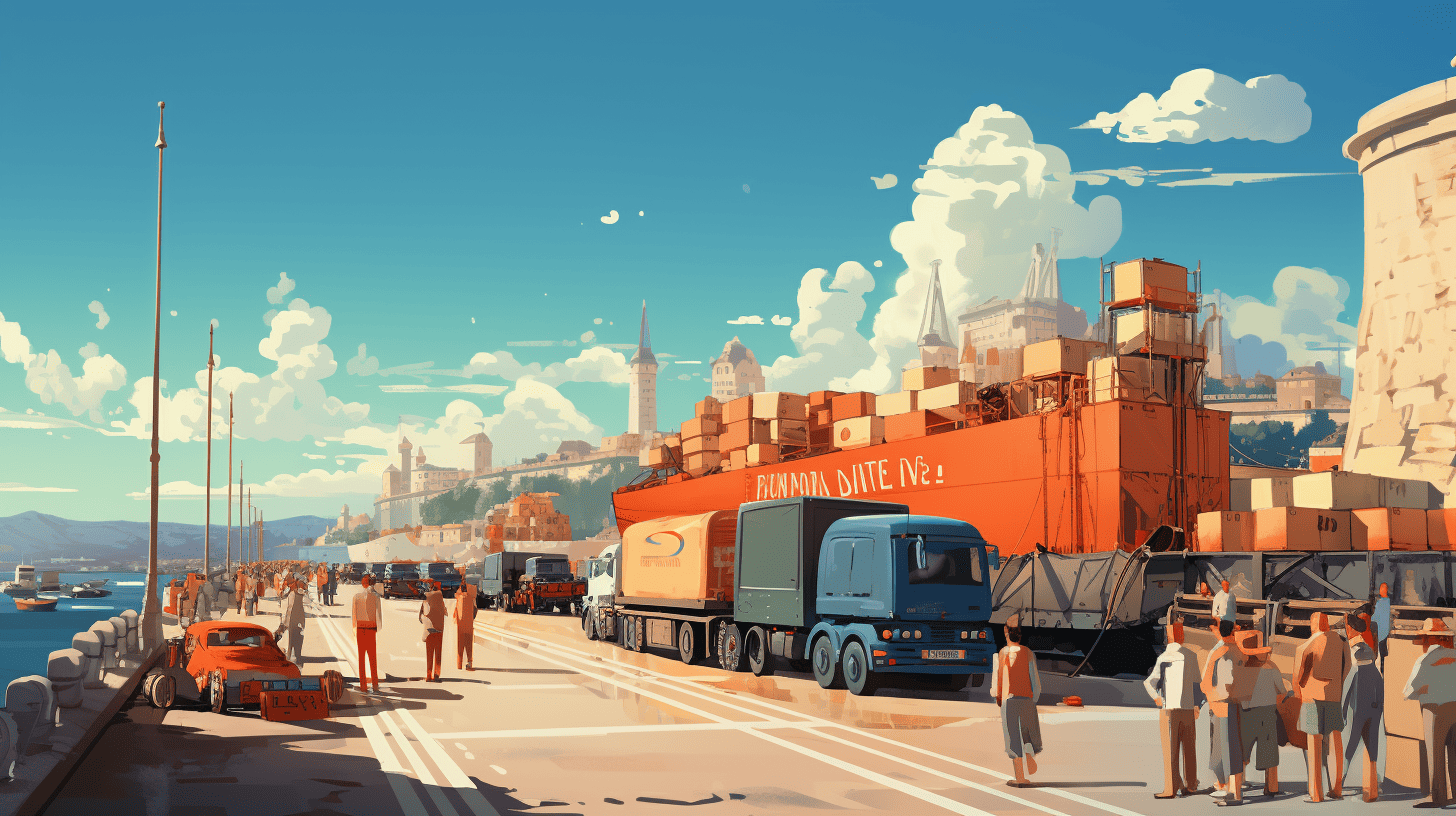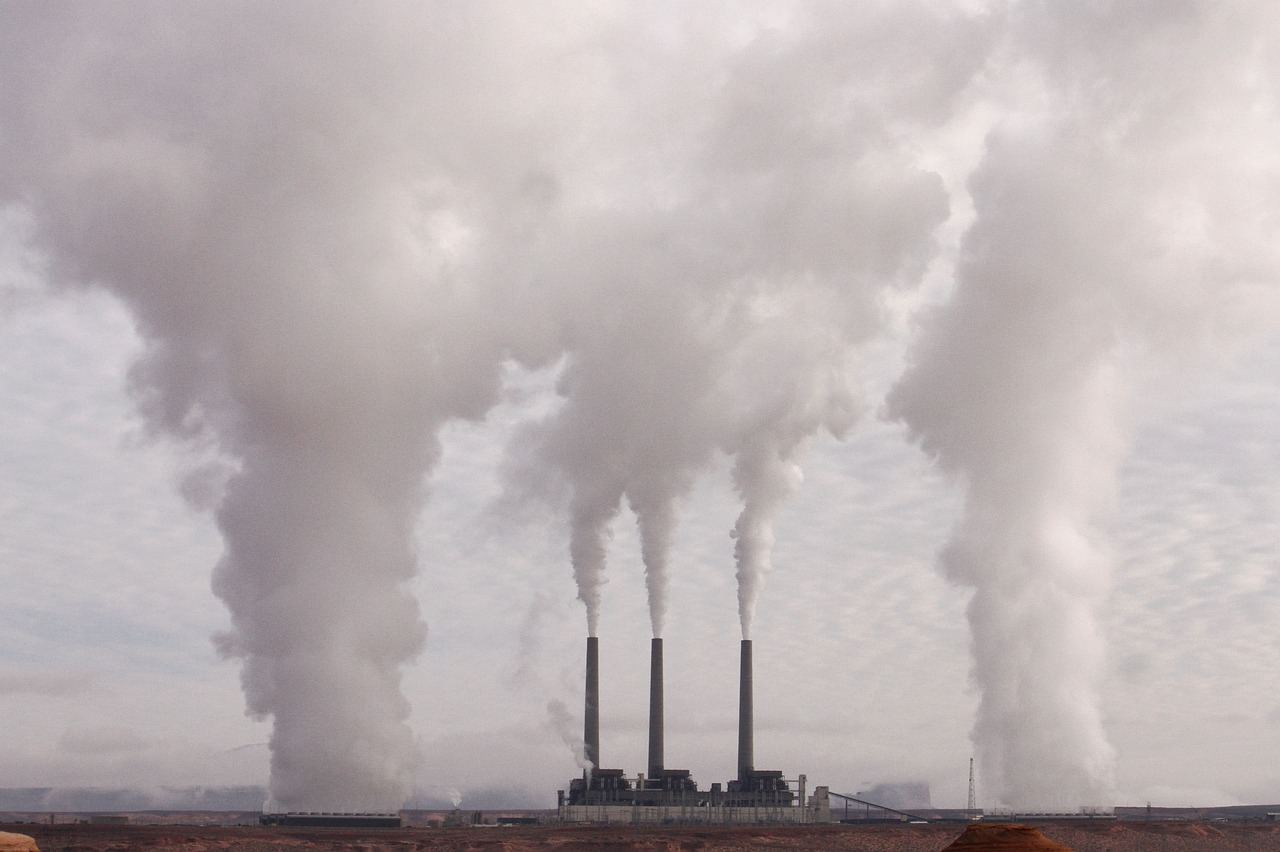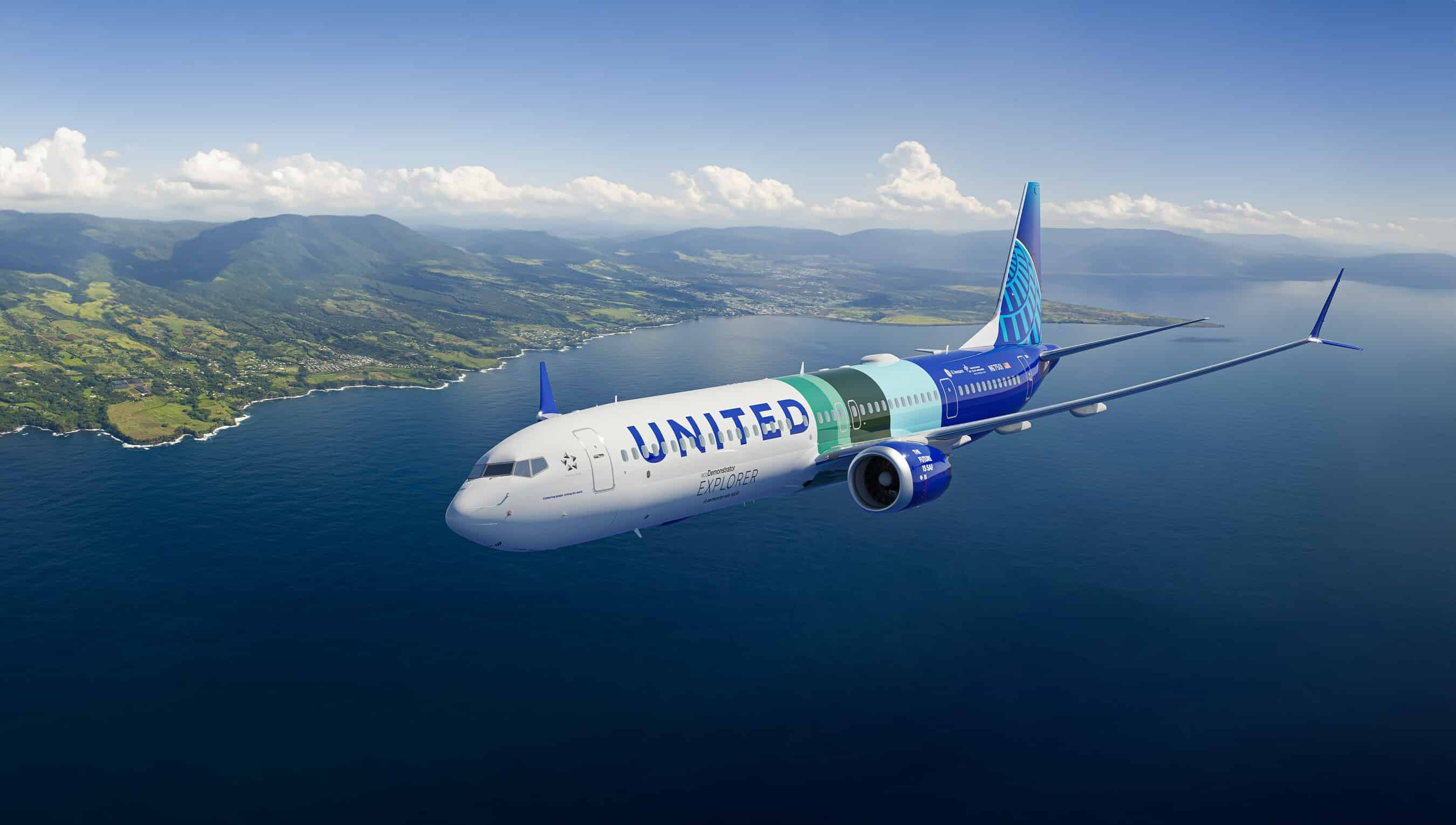
The EU wants to reduce transport-related greenhouse gas emissions. A shift from road to water could bring this goal closer, but so far inland shipping has not been used uniformly well across Europe, says Matthias Prandtstetter of the Austrian Institute of Technology (AIT). The AIT is one of the 27 project partners in the Innovation Driven Collaborative European Inland Waterways Transport Network (IW-NET) project, which develops and tests various innovations for European inland navigation. Together they want to contribute to a sustainable, future-oriented freight transport network. Prandtstetter tells Innovation Origins about this initiative.
What is the share of inland shipping in freight transport?
There is no general answer to this question because the situation differs from country to country and from river to river. If we concentrate on the Austrian part of the Danube, only 15% of the available capacity is used. In the Netherlands, inland navigation accounts for 34% of goods transport. An often-mentioned counterargument is the lack of a river connection. This means that shipping is connected to another mode of transport. As a rule, it is the truck that travels the first and last mile. This leads to extra costs.
Also interesting: Electric pusher helps inland navigation towards an emission-free future
From an ecological point of view, what are the strengths of connecting inland shipping to the transportation network?
Shipping is generally regarded as a very ecological mode of transportation, but its engines do not use the most environmentally friendly fuels, resulting in huge emissions. Calculated in tonnages of transported goods, however, they are lower than in freight transport. The project also considers the type of propulsion of the ships and seeks alternatives to marine diesel, such as liquefied natural gas (LNG), which has lower CO2 emissions.
But the ship already has a smaller ecological footprint and is almost unbeatable in terms of transport costs. The typical pusher craft sailing on the Danube in Austria consists of four barges with one pusher. Approximately 250 trucks would be needed for the amount transported on them. This, of course, also leads to lower personnel costs, as only one captain and a few sailors are needed. In addition, the ship is more efficient and consumes less fuel. If you add to that the external costs that society has to pay – CO2 emissions, noise pollution and particulate matter from braking – then the ship performs much better.
How can this sector be optimized?
In logistics, digitization is still in its infancy, although there are already some pioneers. Even now there are highly innovative applications on inland waterways. viadonau, the operating company for inland navigation on the Danube, works with the DoRIS system (Danube River Information Services), an intelligent navigation system.
A river is a living organism and the soil is constantly changing. The current state of the soil is digitally recorded and sent to captains on a navigation system. This enables them to avoid shallow areas, for example. The system also informs them about locks, bridges and other ships on the route so they can adapt to narrow and slower passages. Lock facilities are also integrated into the system and ships can register so the lock keeper can plan the lock passage.

Inland shipping is more advanced in this field than other modes of transport. However, so far this information has not been sufficiently incorporated into the logistics system of shippers and forwarders. If all modes of transportation were digitally linked in a network, companies could optimally plan their logistics processes. If there is flooding and the ships can no longer sail, they can switch to rail on an ad hoc basis and still continue transporting goods.
In a global logistics concept, the transportation network is set up vertically between the different modes of transport, and horizontally from the shipper to the freighter and on to the recipient. At AIT, we are currently investigating this in the PhysICAL project. In the first pilot projects, we are looking at what the data interfaces should look like and to what extent data protection should be taken into account, i.e., which information may be passed on and which may not.
How can urban goods distribution be integrated into the transportation network?
The central idea is the automation of the ship and the entire freight logistics. This eliminates the driver and also means that there are no more workers required to load or unload the goods. That is why systems are needed that make it possible to load the goods automatically from one shipping container to another or to unload at the customer’s premises.

Automation is more challenging on ships than on the road. A ship does not just stop when it is no longer propelled since the current can cause it to drift away. So a solution has to be found for this as well. But these are problems that need to be solved. In cities like Amsterdam, the automated transport ship is an obvious choice. Urban logistics will not change as a result. The crucial point is the loss of the person who can unload the goods.
How can one react to changing environmental conditions?
The biggest problem is low water where the ship could run aground. To prevent this, the transport volume is reduced, but this makes the transport inefficient. Theoretically, the fairway could be dredged deeper, but that doesn’t help everywhere. In fact, low tide can only be prevented using ship technology. In the IW-NET project, we want to develop ships, push barges and barges that sink less deeply into the water with the same cargo. However, the ship will also be higher up. Container ships, in particular, can become too high and can no longer pass under bridges. This is the big difference between the Danube and the Rhine: While the bridges on the Danube are very low, they are quite high on the Rhine. The challenge is to build ships that can go both high and low, depending on what they are needed for.

So high water levels are not the problem?
Of course, shipping has to be halted during extremely high tide, as was the case in 2013. But according to experts, there is a tendency towards low water phases, which are becoming more extreme and longer. This means that no ship can sail anymore.
What will it look like in practice?
We are investigating the transport network over longer distances and will continue with the question of how we can bundle a large number of goods on one ship. It is possible to book an individual scheduled service or a bundling platform where everyone can inquire and then find the optimal time for transport.
The project will show to what extent companies are willing to take these steps. At the moment, it is more the internal processes that are being improved. But in the long term, operational optimization should not be seen on such a small scale. Companies can save a lot of money if they include transport in their operational planning.
The Innovation-driven Collaborative European Inland Waterways Transport Network (IW-NET) is coordinated by the Institute of
Shipping Economics and Logistics (ISL) in Bremen, Germany.
Also interesting: With the inland shipping of the future, the helmsman will soon be ashore






